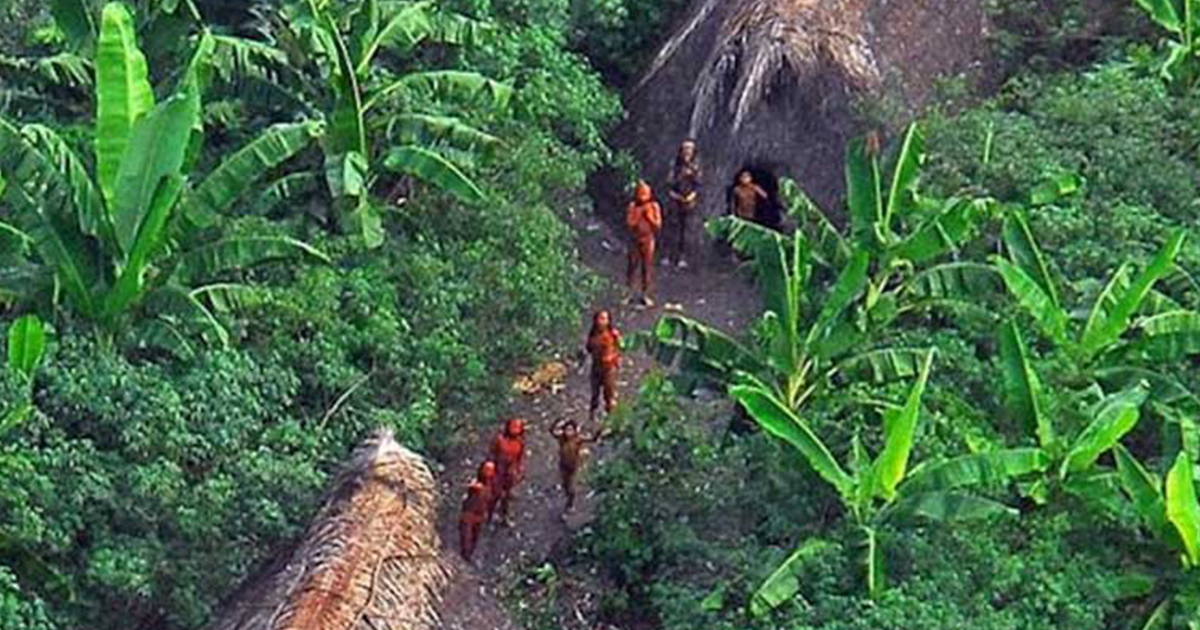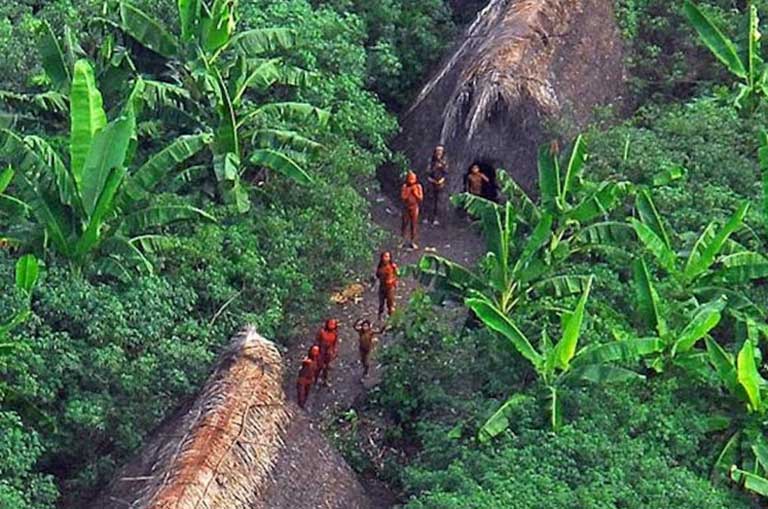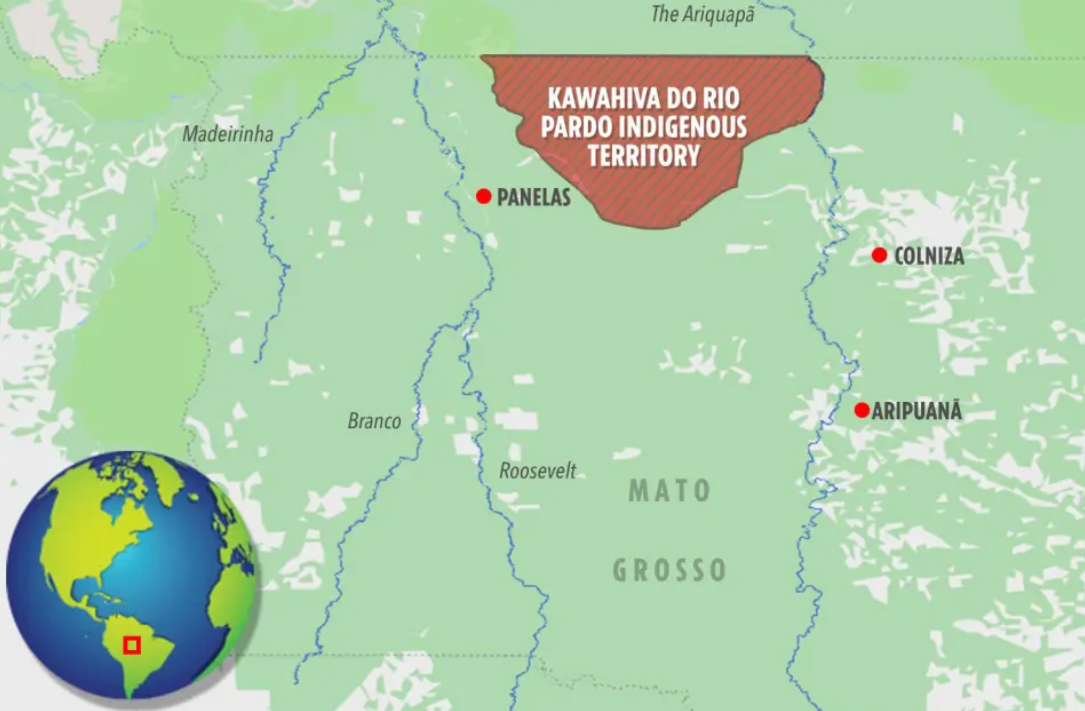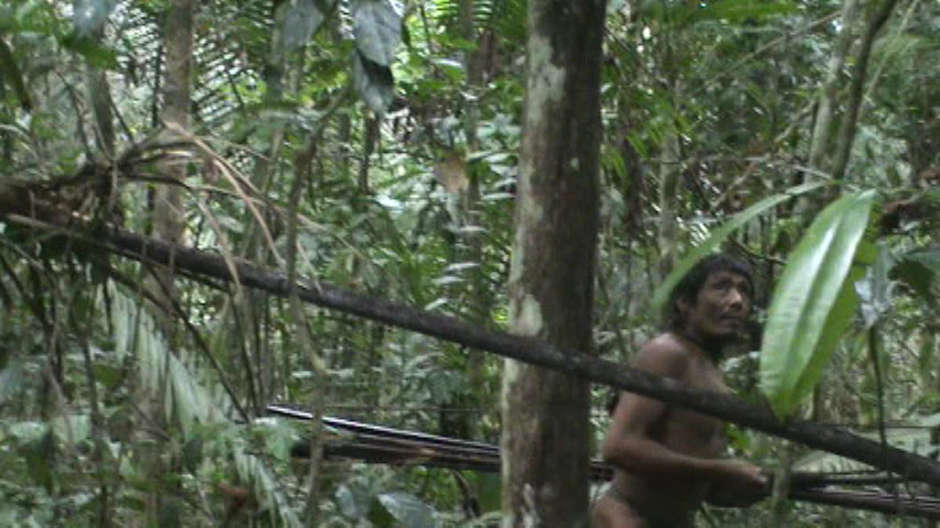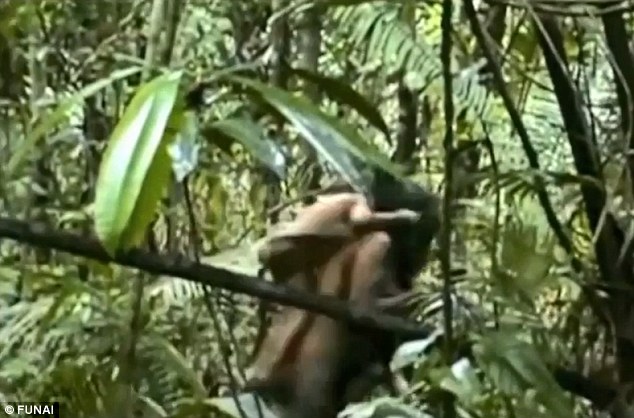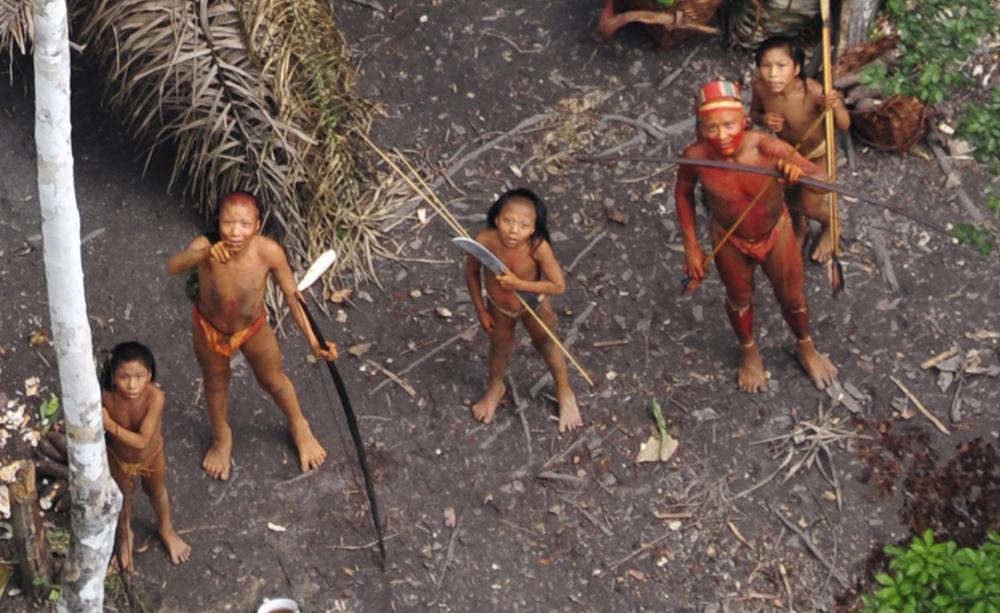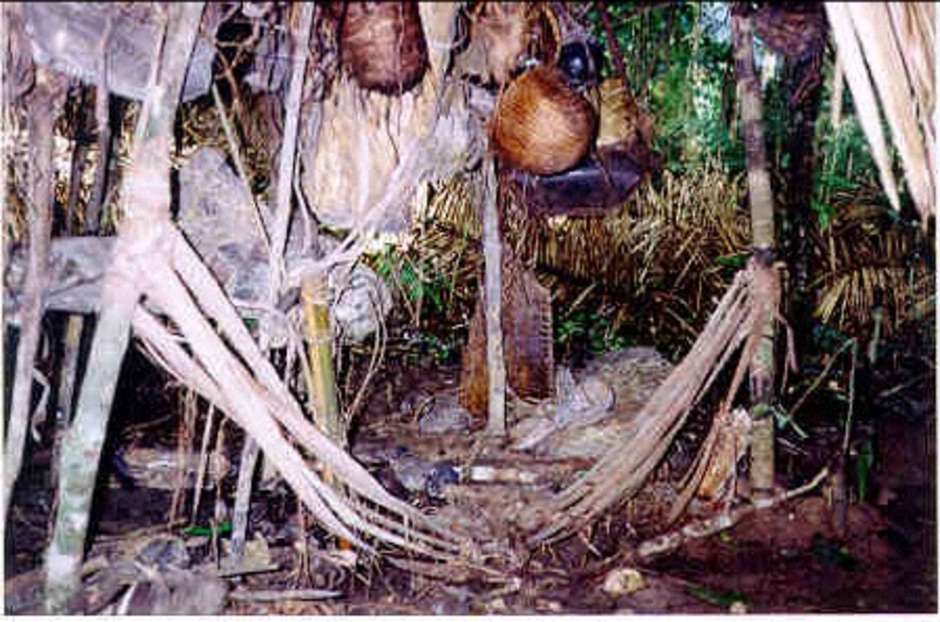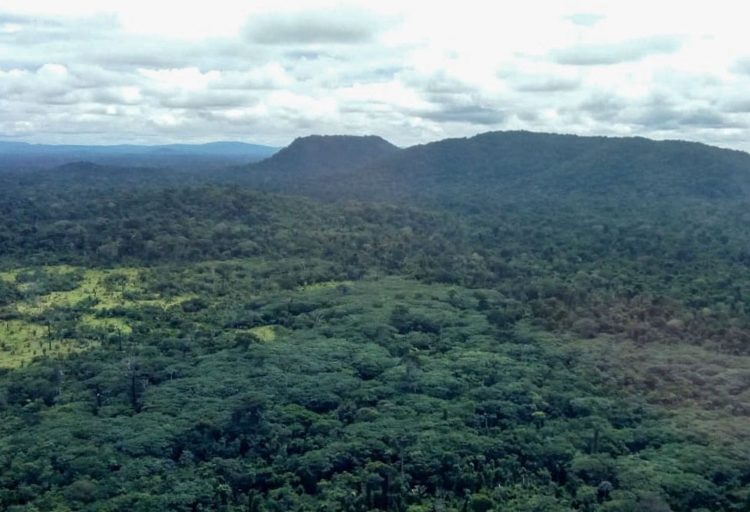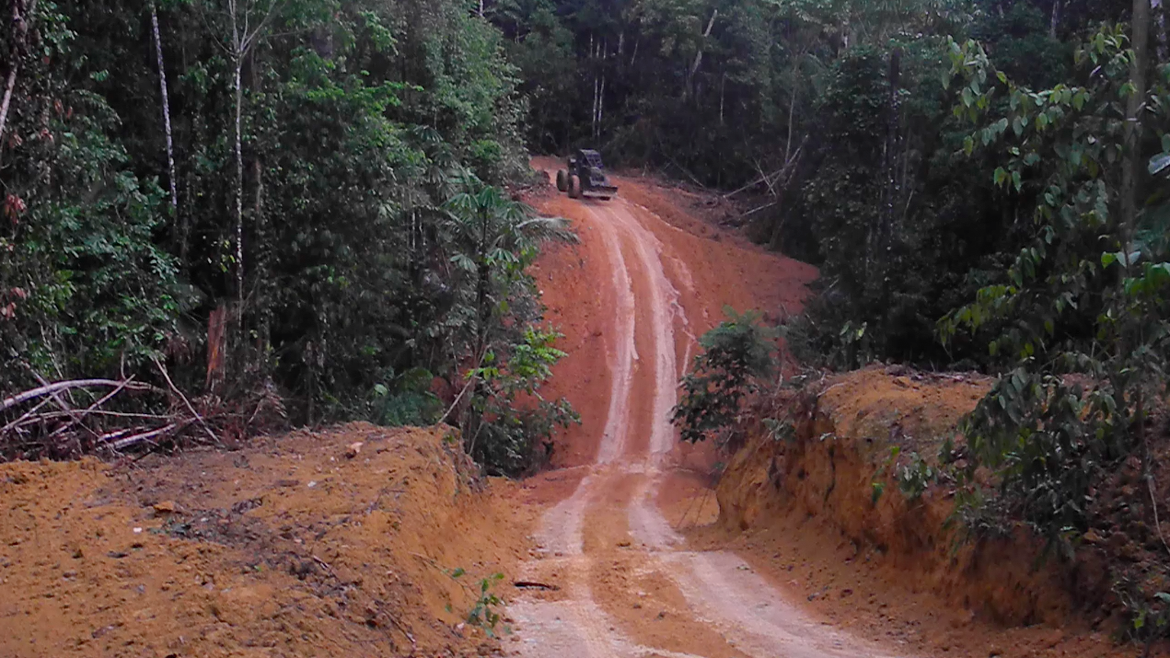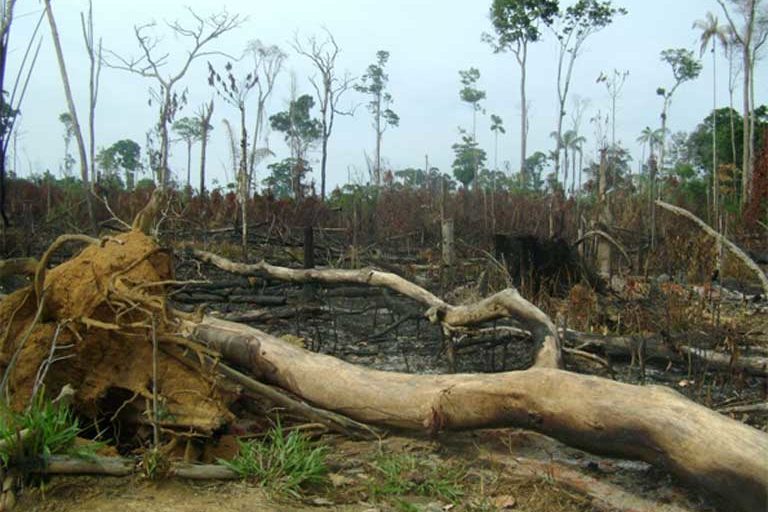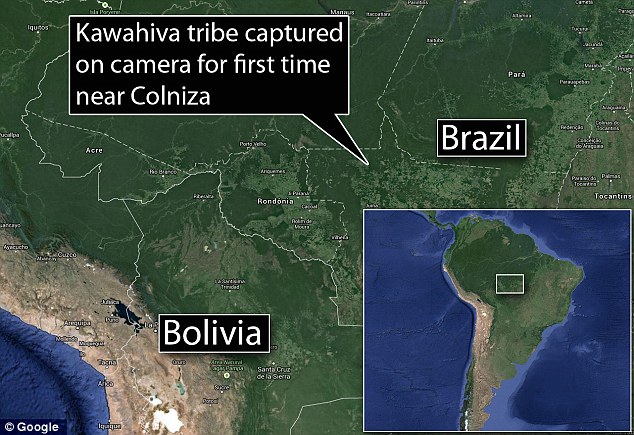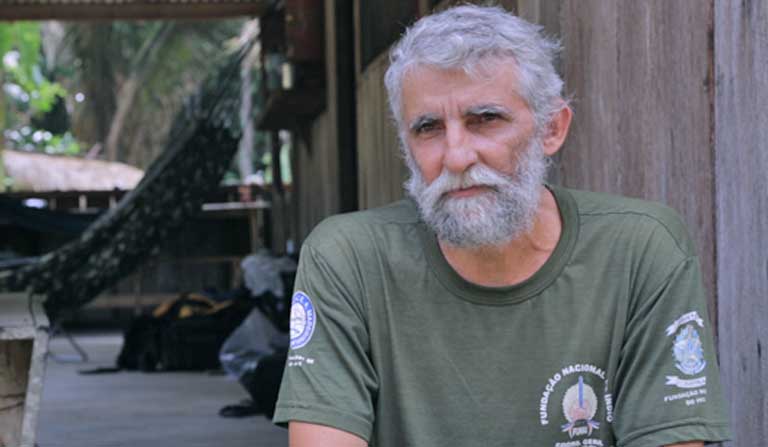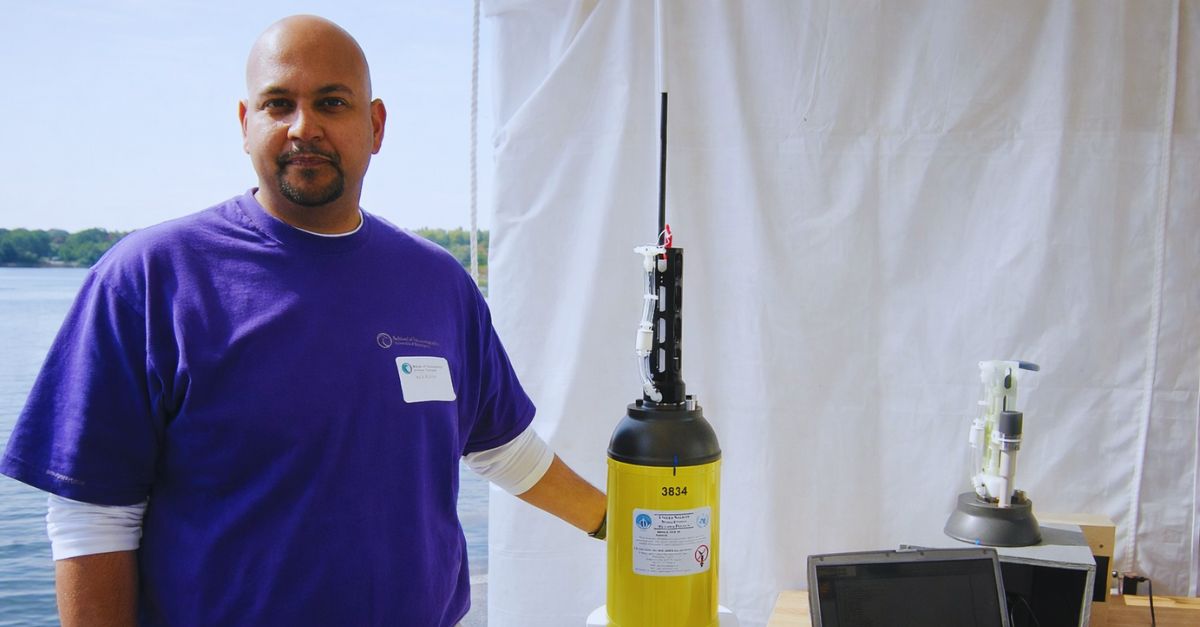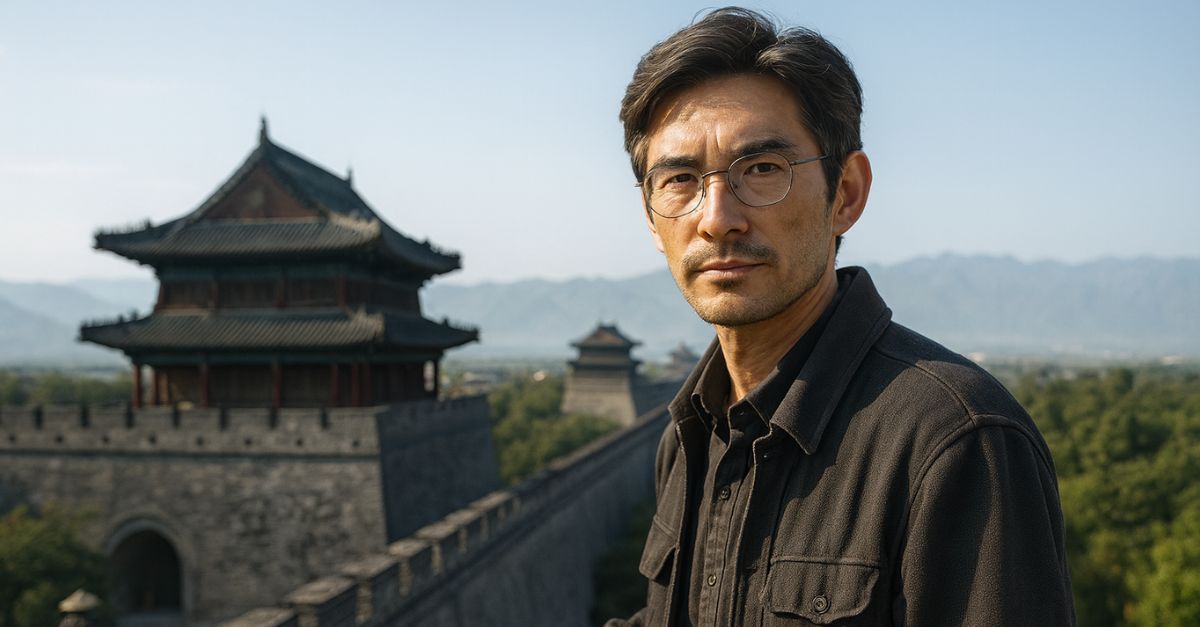The Kawahiva Tribe
The Kawahiva are an uncontacted indigenous tribe living in the dense Amazon rainforest of Brazil. They are a small nomadic tribe—meaning they move around often—but they weren’t always this way.
The Kawahiva may have once lived a peaceful, settled lifestyle, but today they live in constant fear for their lives.
Given their extreme isolation, we know very little of their current lifestyle. What we do know is largely due to the discoveries of what they have left behind during their travels.
So, who are the Kawahiva and what are they afraid of?
Where are they?
The Kawahiva live in Brazil’s Amazon rainforest. Rio Pardo, their territory, is located in the municipality of Colniza, in Mato Grosso state Brazil.
Colniza is said to be one of the most dangerous areas of Brazil due to violence and lawless governance.
Currently, the Kawahiva tribe is on the run. They are unable to stay in one place for very long due to ongoing attacks on their people from outsiders.
Who are they?
The Kawahiva are believed to be descendants from the Tupi—one of the largest groups of indigenous people in Brazil before its colonization.
The tribe has significantly decreased in size over the years due to growing threats from non-indigenous people. They have separated into smaller sections, multiple times for safety purposes.
Given that the Kawahiva have extremely limited contact with outsiders, we know very little of their culture. However, assumptions can be made based on nearby tribes who share similar cultural traditions.
Why can’t we contact them?
Any contact made with outsiders from the Kawahiva tribe has been viciously unsettling. Whoever is left of this tribe are survivors of numerous genocidal attacks, and are in grave danger.
The Rio Pardo territory has been savagely targeted by loggers, miners, ranchers, and land investors.
Disputes over the rights of the land have led to various attacks on the Kawahiva tribe, resulting in a massive loss of life.
In addition to a battle for their land, the tribe’s isolated way of life means they have not been exposed to many of the diseases the outside world carries, making contact with the outside world an extreme threat to their survival.
How big is the tribe?
It is estimated that there are only about 25 to 50 members of the Karahiva tribe left. The numbers have been decreasing significantly over the years as outsiders have invaded their lands, taking their lives in the process.
It is said that the tribe roams in small family-sized groups for protection. And it is suggested that in recent years the women of the tribe have even stopped giving birth.
How do they live?
Today, the Kawahiva are known to set up temporary camps for only a few days at a time as it is unsafe to stay in one spot for long.
They build huts and small fences out of branches, straw and mud to shelter them from weather and outside threats.
Stones and other sharp objects are used to create arrows and tools for both building and hunting. Plants are used to weave baskets, and hammocks and mats for sleeping.
Historical evidence suggests that the Kawahiva tribe used to live a more settled life, cultivating corn and utilizing the forest’s natural resources as building supplies for a more appropriate and permanent shelter.
What do they eat?
The Kawahiva are hunter-gatherers. They hunt wild game, such as: peccaries, monkeys and birds, and fish. They gather fruits, nuts and berries not far from their camps.
They would often bury nuts and berries in the ground as storage.
Ladders are built for climbing trees to collect honey from bees’ nests, and traps are meticulously created to catch fish in unpredictable waters.
What are the biggest threats to their survival?
The largest threat to their survival continues to be unlawful logging, with unnecessary attempts to unalive or enslave their people in the process.
In 2001, the land was under local lawful protection, forbidding anyone to enter the 410,000 acre land designated as the Rio Pardo Indigenous Area, but the protection order was often ignored by logging and mining operations, with little to no consequences.
What are the biggest threats to their survival?
In 2005, 29 people were apprehended by the Brazilian government for unlawfully intruding on Kawahiva land. Included were businessmen, loggers, and squatters, all of whom were apparently heavily supported by local farmers.
A federal investigation was launched into a possible massacre of the Kawahiva people. A total of 90 warrants were issued, but in the end, no one was tried.
In 2012, the Kawahiva’s land officially became a reservation offering additional protection for the Kawahiva, but farmers and loggers continued to be hostile toward the tribe.
International Headlines
In 2013, a video was released by the Brazilian government of the tribe. The video had reportedly been filmed in 2011, by Jair Candor, an employee of FUNAI.
The video shows a small group of 9 tribe members talking while walking through the forest. All of them are unclothed and the men were carrying bows and arrows.
A woman with two children discovered the camera and yelled out “tapuim”—meaning “enemy”—and ran away.
Another tribe member left the group to trail further behind until he was sure the cameramen posed no threat.
According to linguist Ana Suely Arruda Cabral, the conversation the tribe members were having was about finding a safe place to stop for before night fall.
This video was the first time the Kawahiva had ever been seen on tape.
Before, they were known only from photographs released in 2005 which simply showed a couple members of the tribe cutting down a tree.
The Future of Kawahiva
In order for the Kawahiva tribe to continue to exist, immediate aid is needed to protect their lands.
Between 2000-2011, 10,228 acres (4,319 hectares) of forest have been destroyed, displacing individuals of the tribe, and causing brutal loss of life for those who couldn’t escape.
Simply recognizing their land once and for all could save their entire population.

